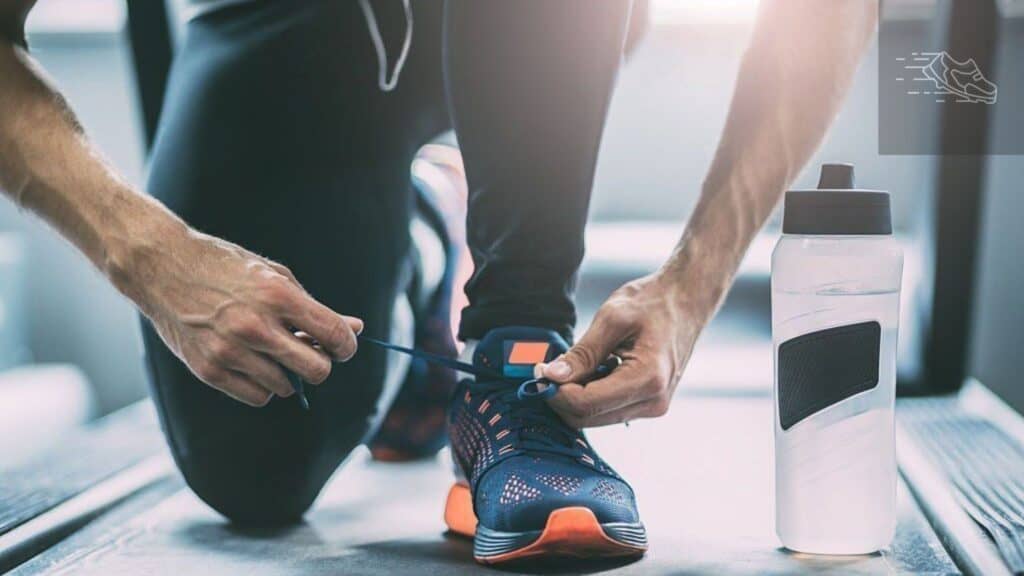You want to know how shoes should fit. Let’s take a look at the purpose of shoes themselves. The purpose of a shoe is to cushion and protect the human foot.
They’re frequently worn with socks. Additionally, shoes are utilized for both fashion and adornment. The design of shoes has changed dramatically through time and between cultures, with shape initially being connected to the utility.
The human foot can adapt to various surfaces and weather patterns. However, it is still susceptible to environmental risks like sharp pebbles and harsh temperatures, which shoes guard against their effect.
Steel-toe boots, which are essential footwear at industrial job sites, are one type of shoe that is worn as safety equipment.
But above all, adequately fitted shoes will make the shoe purpose valuable and enjoyable. As we continue, we’ll discuss some factors to look out for a while looking for how your shoes should fit
Understanding the biomechanics of the foot and the fundamental shoe design elements is necessary for proper shoe fitting.
The materials used in the designing of the shoe, the shoe’s last, its width, and its heel-to-ball and heel-to-toe measures are all design elements.
Here are some tips and steps to take when figuring out how your shoes should fit:
1. Obtain a foot measurement. The size and shape of your feet might alter over time. Refrain from relying on the fact that you have consistently worn a particular size.
2. Choose shoes that fit the larger foot. Make sure you have BOTH feet measured because most people have one foot that is bigger than the other.
3. Get your feet measured in the evening when they are at their largest. Your feet will swell and settle a little as the day wears on. It’s crucial to ensure your comfort all day long, not only when you leave the house in the morning.
4. Don’t only go by shoe size. The size indicated inside the shoe may vary depending on the brand, much like with clothing. So, when choosing the right shoe, your shoe size is a place to start.
5. Look at the shoe’s form. Make sure the shoe form mimics and easily matches the contour of your foot.
6. Don’t anticipate shoes extending with time. When you buy them, they should fit comfortably.
7. Check the shoe’s width. The most significant section of the shoe should snugly fit over the ball of your foot, which is the broadest area before your toes start.
8. Verify the shoe’s depth. If you have hammertoes or other issues, the shoe should be deep enough to accommodate your toes. Your toes will caress against the top of the shoe if the toe box is too tiny, which might lead to calluses or blisters.
9. Verify the area near the shoe’s tip. Make sure your longest toe—typically the second toe—and the end of the shoe are separated by 3/8″ or 1/2″, or roughly the width of a finger.
1o. Always test the shoes’ comfort, fit, and chafe and rub resistance by standing and moving around in them. While walking, your heel shouldn’t move or slide.
Conclusion:
Putting on adequately fitted shoes is one of the essential duties of every human being because proper shoes will make you comfortable for the rest of the day. A lack of nicely done shoes can ruin one’s days, especially at work. After all, it will cause a lot of inconveniences, which is very bad for you as an employee because it will reduce your work efficiency, and this can also hamper your growth in your working organization. That is why it is necessary to ensure you look for well and properly-fitted shoes.

